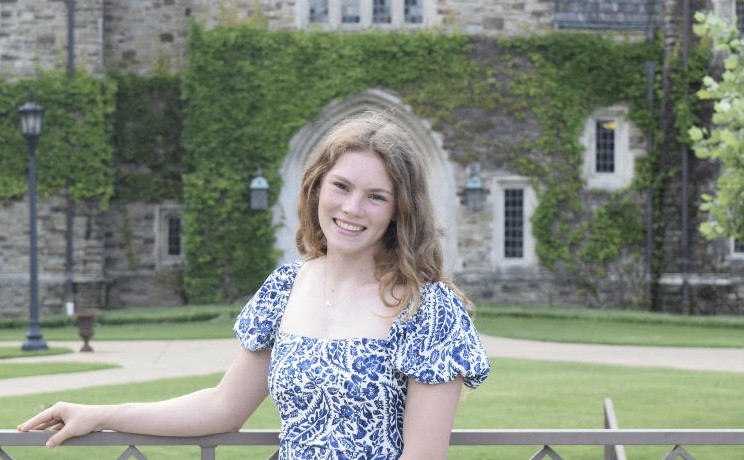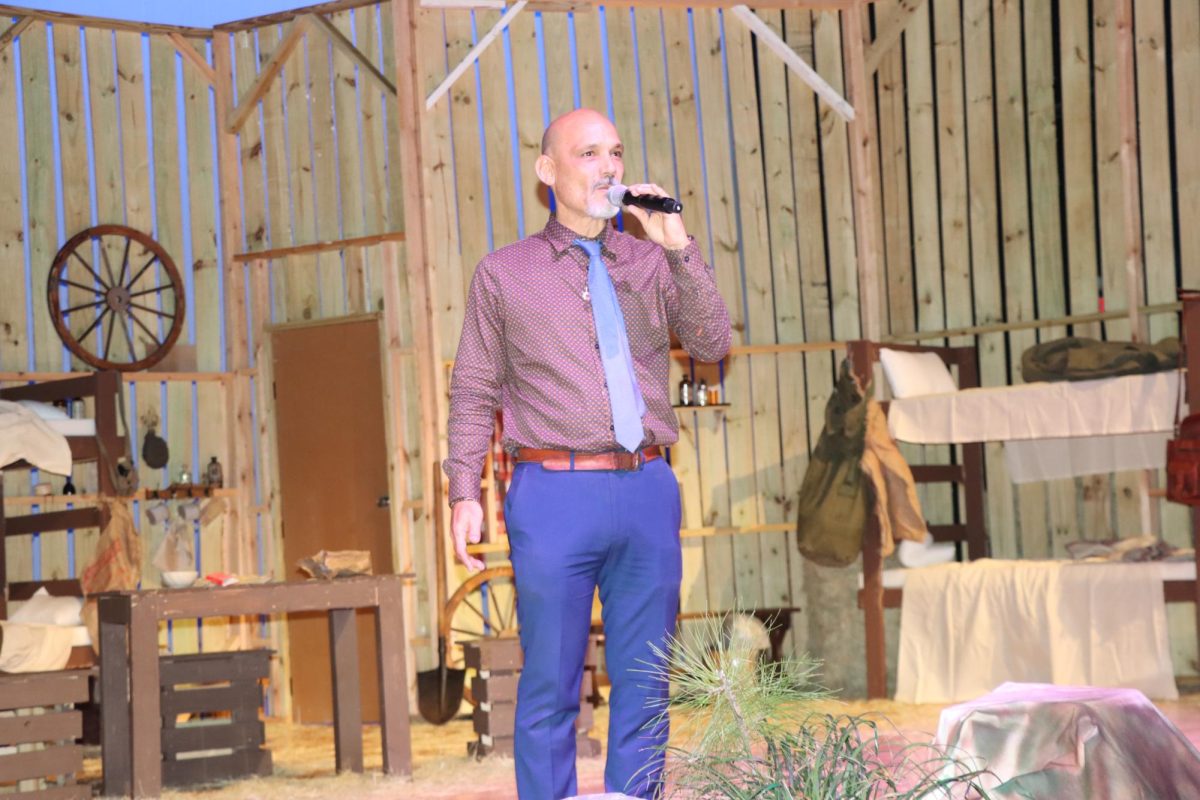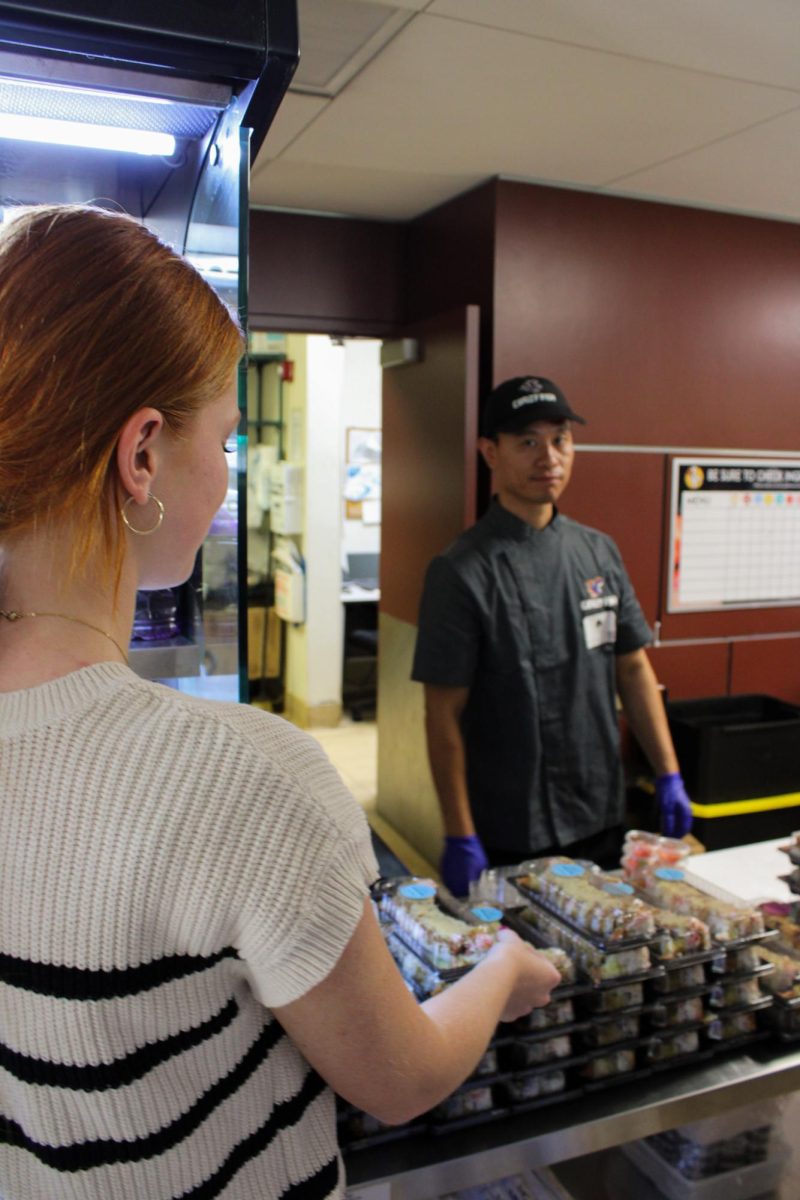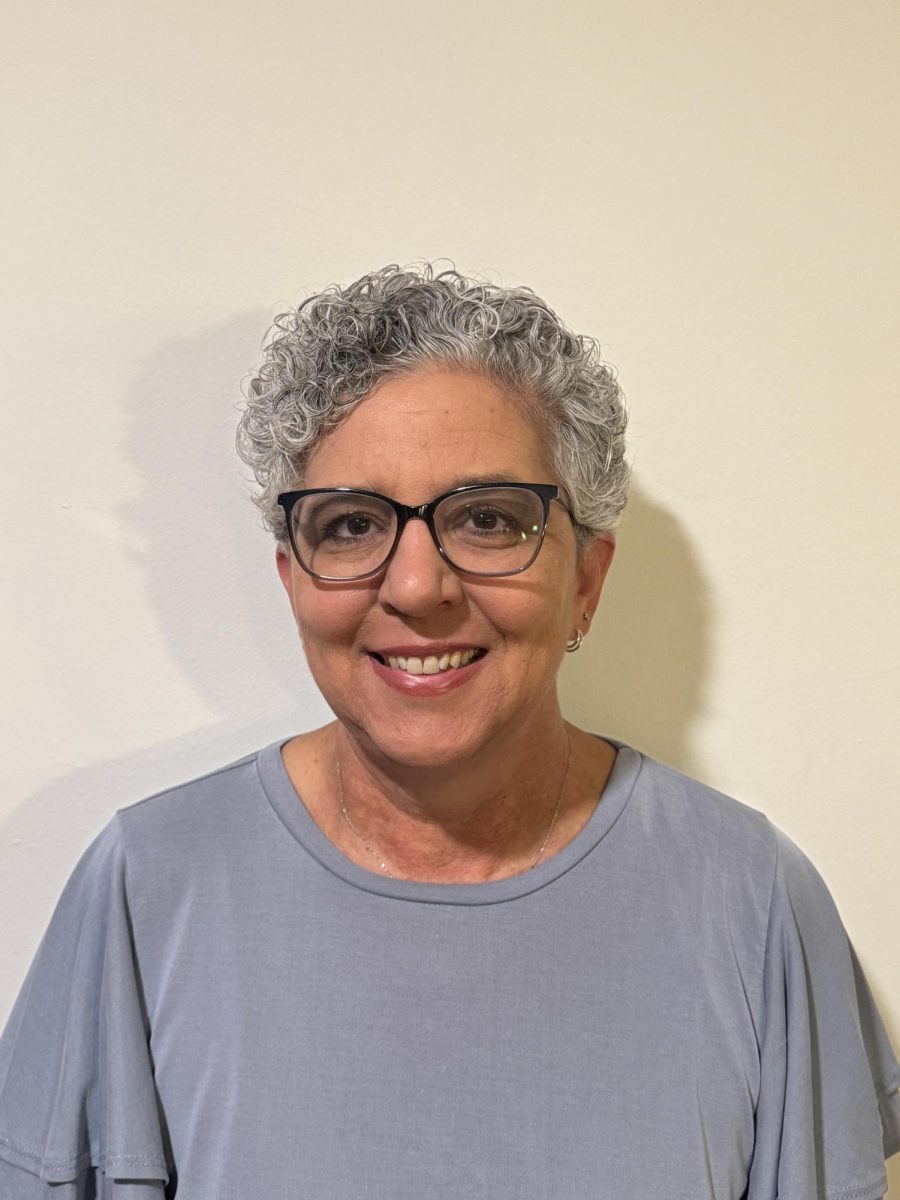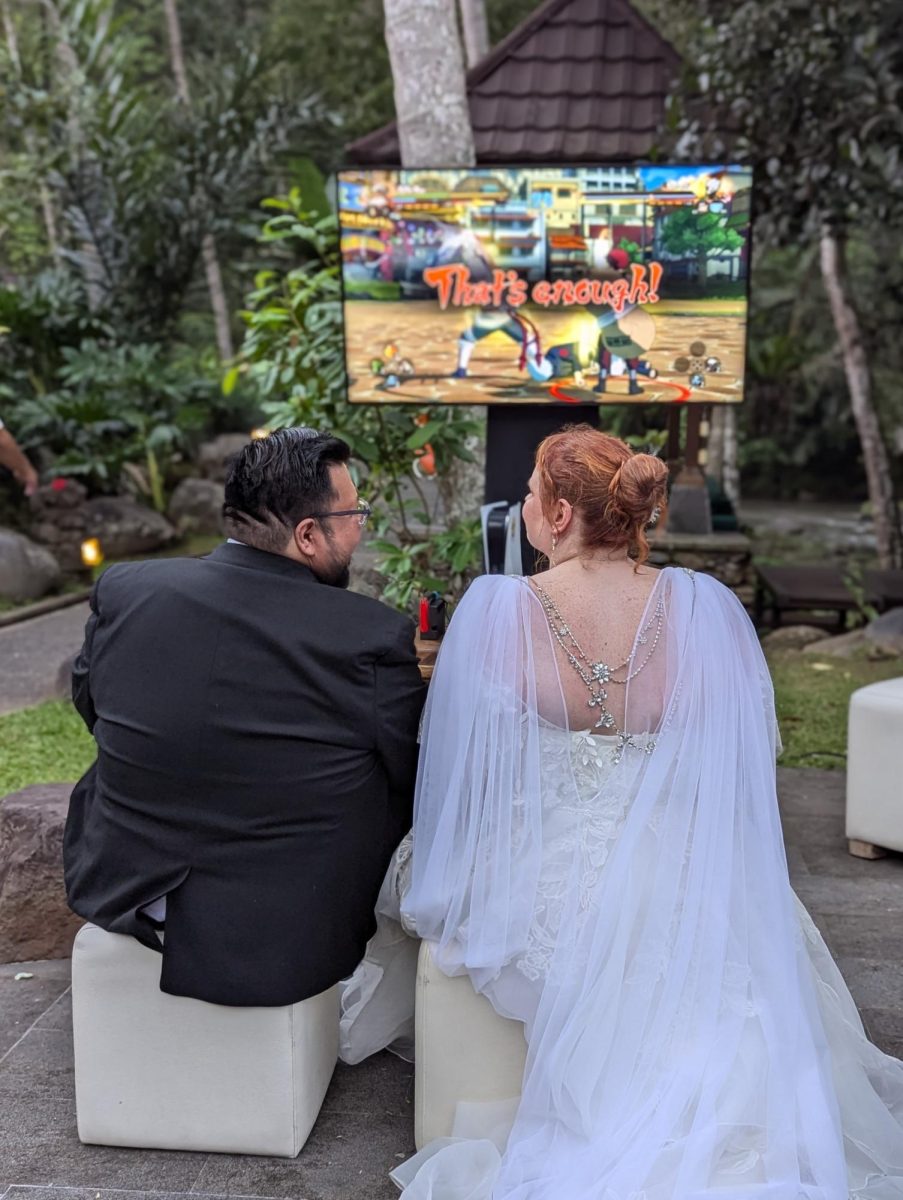On the weekend of Nov. 2 and 3, science teachers Lali DeRosier and Jonathan Gray led a group of high school students on a weekend trip to research and tag sharks. They were accompanied by University of Miami Ph.D. candidates Austin Gallagher and David Shiffman, on behalf of the R.J. Dunlap Marine Conservation Program. Trinity Prep alumna Kyra Hartog, as well as other graduate students at the university, joined the expedition.
In January 2012, DeRosier met Gallagher at a science conference. Gallagher works to raise awareness about conservation efforts through a variety of media, including a film festival that he founded and directs. He suggested directly involving her students in conservation and research through field work with the university.
“We discussed the possibility of a program for high school students to gain valuable experience in science,” said DeRosier. “Everything is different in the field. You can’t explain the connection to the world and to real research in the classroom.”
She was especially interested in the idea because of her own participation in scientific research as a student.
DeRosier attended high school near the the Rosenstiel School of Marine and Atmospheric Science (RSMAS), which is the University of Miami’s maritime graduate school. She participated in an internship program similar to the one offered by the Sanford-Burnham Medical Research Institute, which several current students have attended. There she learned the importance of showing students how scientific work is done in the real world.
She was finally able to offer her students this opportunity last April, when she, along with math teacher Deborah Costello, first attempted this trip. However, the group achieved limited success and did not catch any sharks.
“I heard about the trip when Mrs. DeRosier first talked about it,” said senior Hannah Parker. “I decided to go last year because I thought it would be a really good trip.”
Thanks to continued interest from students, they were able to find a new location in the Florida Keys and try again.
“We were able to get out into the Atlantic and the Gulf Stream,” said DeRosier. “The amount of prey fish there creates a superhighway for sharks.”
The group caught 3 sharks: a 6-foot nurse shark, a 9-foot tiger shark, and a tiger shark only weeks old. More sharks were visible in the water, but some of them were protected by regulations for endangered species. One such shark, a 12-foot hammerhead, snapped the line before they could release it.
In addition to the opportunity to personally observe what can only be described in class, students are given the chance to be personally involved in research.
“The most interesting part of this trip was the hands-on approach to biology,” said freshman Tedi Beemer. “The scientists let us throw out the bait, physically tag the sharks, and even go swimming in the water.”
It is important to note that this trip is targeted at all students, not just those with prospective science careers.
“The trip provides one of the most above and beyond ways to get out and see science in the field,” said DeRosier. “Any student should take this kind of opportunity.”
DeRosier intends to offer this program as long as students remain interested. She has plans to take another group in the spring of 2013.





